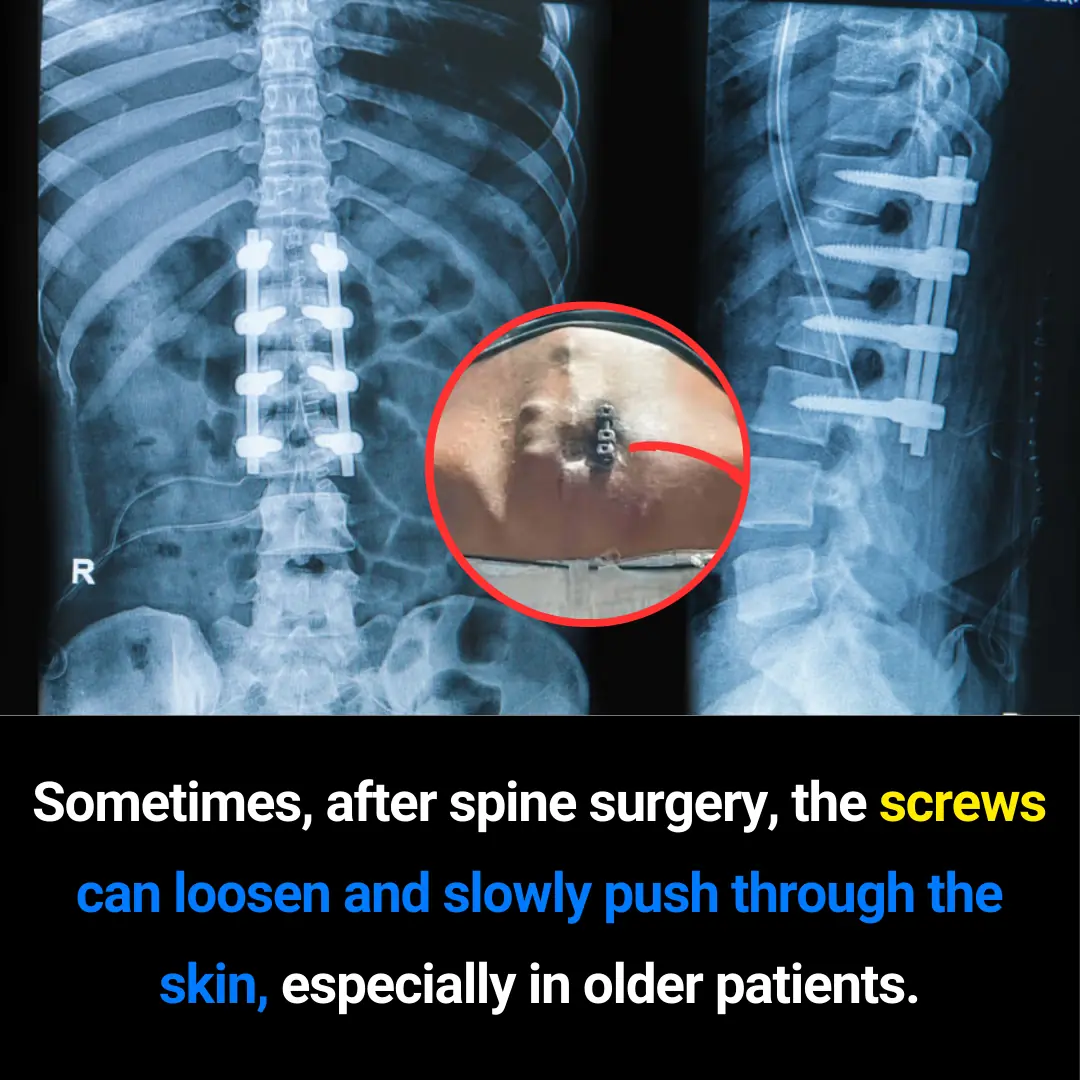
DON'T IGNORE! Top 8 Warning Signs Of Blood Clots

Blood clots are a double-edged sword. On one hand, they can save your life by stopping bleeding after an injury. On the other hand, when clots form where they shouldn’t—or fail to dissolve naturally—they can quickly become life-threatening.
Untreated clots can block vital blood flow and lead to dangerous conditions such as deep vein thrombosis (DVT), pulmonary embolism (PE), heart attack, or stroke. These medical emergencies can escalate rapidly, sometimes within hours.
The frightening truth? Many people don’t recognize the early warning signs until it’s too late. Knowing how to identify the red flags early could literally save your life or that of someone you love.
Below are eight critical warning signs of blood clots you should never ignore—along with why they happen and when to seek help.
1. Swelling in One Leg or Arm
If one leg or arm suddenly swells—especially around the calf or thigh—it may signal a clot that’s blocking normal blood flow. Unlike minor swelling from standing or sitting too long, clot-related swelling usually affects only one side and may feel tight, heavy, or painful.
The skin might also appear shiny or stretched. If the swelling doesn’t go down after elevating your limb, it’s time to get it checked.
2. Unexplained Pain or Tenderness
Pain that comes out of nowhere—especially a cramping, throbbing, or aching sensation—can be an early clue. The discomfort may worsen when walking, standing, or flexing your foot upward.
Many people dismiss this as a pulled muscle, but if the pain is localized and persistent without an obvious cause, it’s best not to ignore it.
3. Warmth in the Affected Area
When a clot forms, blood flow slows down, trapping warmth in the area. If your leg, arm, or even part of your chest feels noticeably warmer than the surrounding skin, it’s a warning sign of localized inflammation.
This warmth often accompanies redness or swelling and may indicate that the clot is growing.
4. Skin Discoloration (Red, Purple, or Blue Tint)
Sudden changes in skin color—like redness, purplish patches, or a bluish tint—are signals that oxygen-rich blood isn’t circulating properly.
These discolorations can appear subtle at first but may darken over time. Always take note of unusual bruising or color changes, especially if they appear without injury.
5. Sudden Shortness of Breath
If you suddenly find it hard to breathe or feel winded without exertion, a blood clot may have traveled to your lungs, causing a pulmonary embolism (PE).
This is a medical emergency. You might also experience chest pain, dizziness, or coughing. If you have any combination of these symptoms, call emergency services immediately.
6. Chest Pain or Pressure
Chest pain from a clot in the lungs can feel sharp, stabbing, or heavy—sometimes mistaken for a heart attack. The discomfort may worsen when you take deep breaths, cough, or move suddenly.
Because chest pain can stem from several serious conditions, it’s always safest to seek immediate medical evaluation rather than wait and see.
7. Rapid Heartbeat or Dizziness
When blood flow is obstructed, the body compensates by speeding up the heart rate to maintain oxygen supply. This can make you feel lightheaded, dizzy, or faint.
If your pulse feels unusually fast or irregular, especially when paired with shortness of breath or chest discomfort, it could point to a serious circulatory issue.
8. Coughing Up Blood
Coughing up blood-streaked mucus is one of the most alarming symptoms of a pulmonary embolism. If this happens alongside chest pain or difficulty breathing, do not delay—seek emergency care immediately.
This symptom indicates that a clot may have reached your lungs, which can be fatal if untreated.
Final Thoughts
Blood clots don’t always make a dramatic entrance. Sometimes, they whisper before they scream. The earlier you listen to your body’s signals, the better your chances of avoiding a dangerous outcome.
If you notice even one of these warning signs—especially if you’re at higher risk due to surgery, long flights, pregnancy, or certain medications—contact a healthcare professional right away.
Prevention is power: stay active, stay hydrated, avoid sitting still for too long, and talk to your doctor about your personal risk factors.
Your body is always communicating. The key is to pay attention before it’s too late.
News in the same category

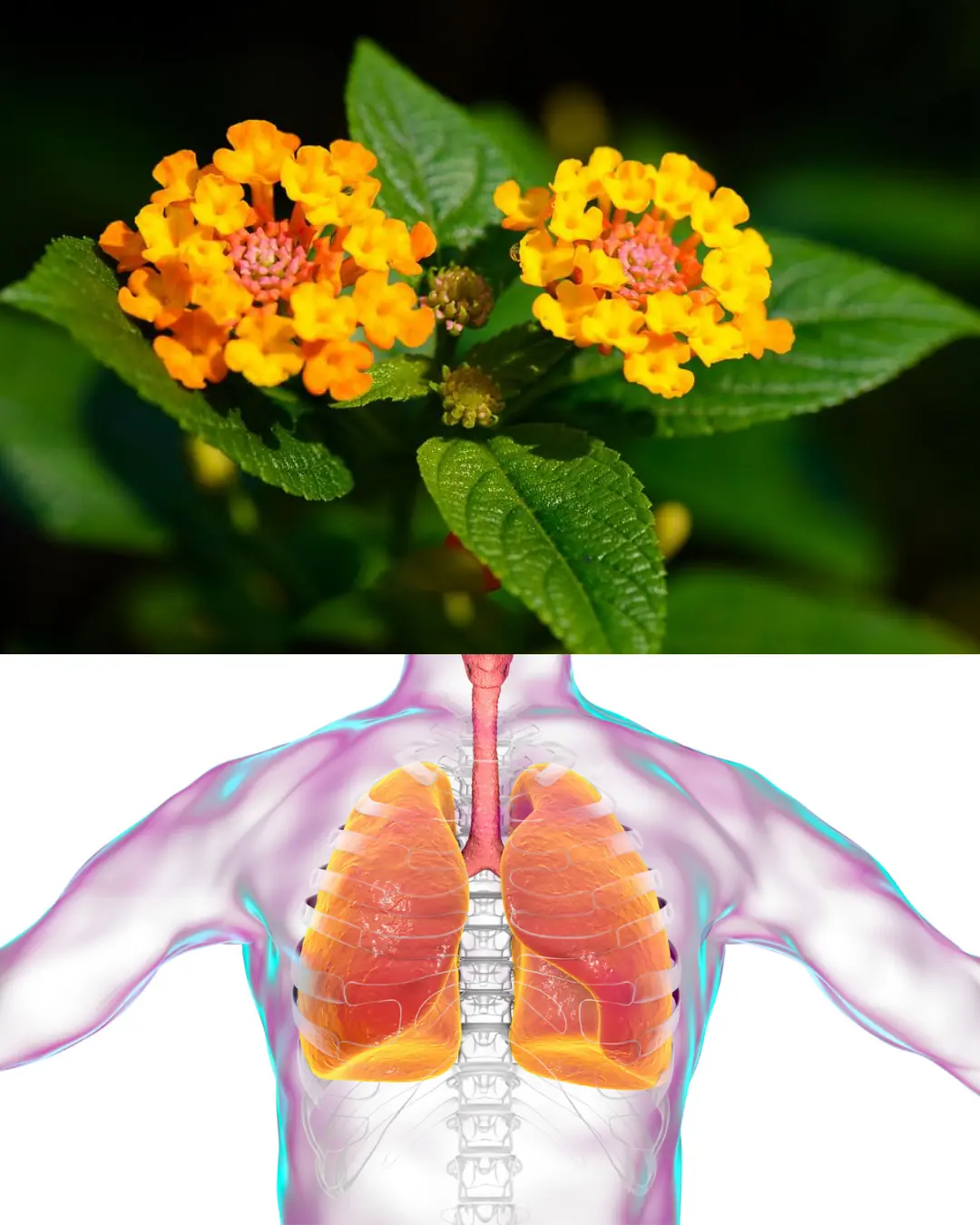
The Hidden Power of Common Lantana (Lantana camara): What You Can Safely Do with It at Home

11 Little-Known Secrets of Purslane: A Wonder Plant in Disguise
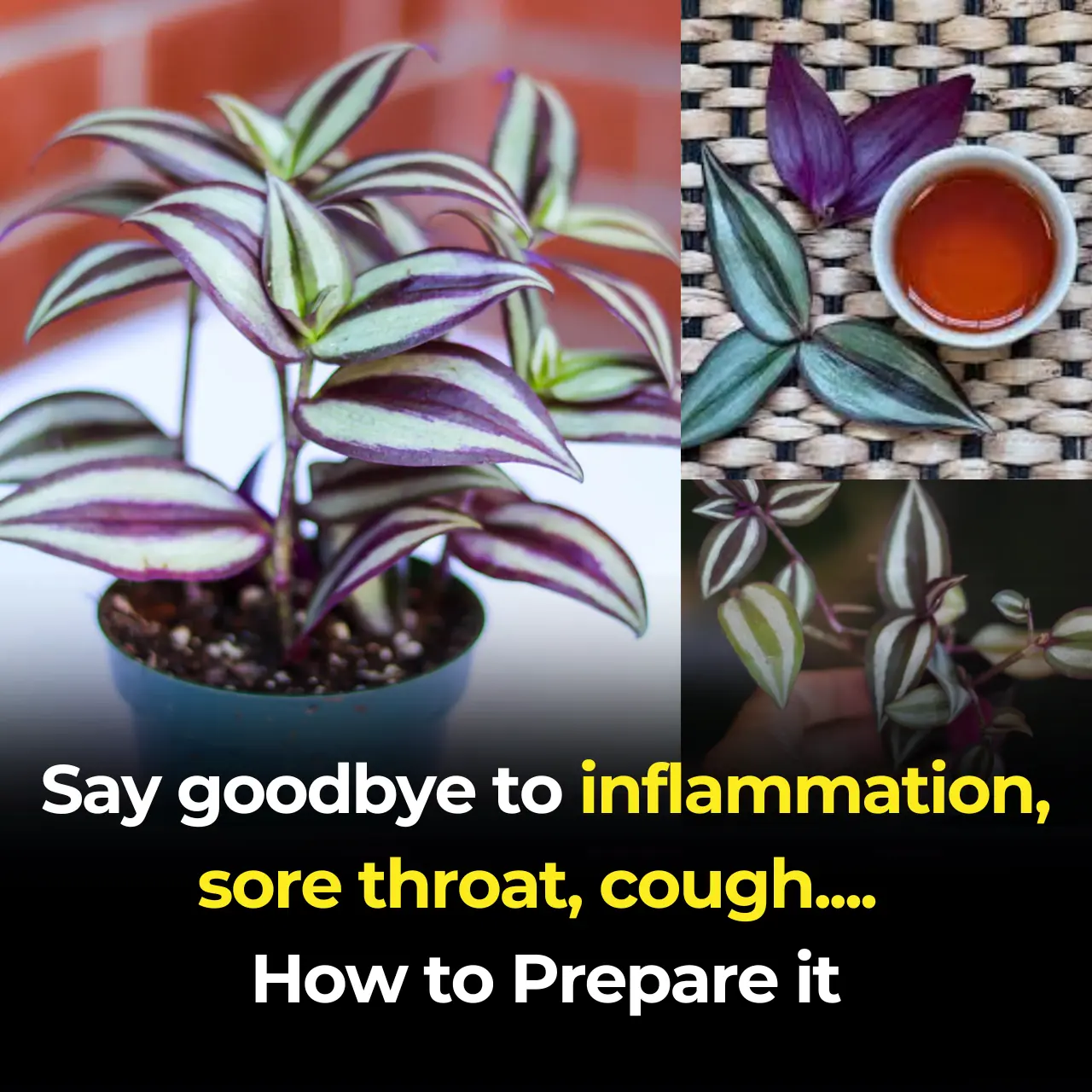
Tradescantia zebrina: The Colorful Healer Hidden in Plain Sight

Here are 7 incredible things that happen when you burn a bay leaf at home

Tradescantia zebrina: The Colorful Healer Hidden in Plain Sight

Black Locust (Robinia pseudoacacia): 14 Surprising Benefits and How to Use It at Home

Papaya Seeds for Gut Health: The Simple Secret Inside Your Fruit

12 Benefits of Bull Thistle Root and How to Use It Naturally
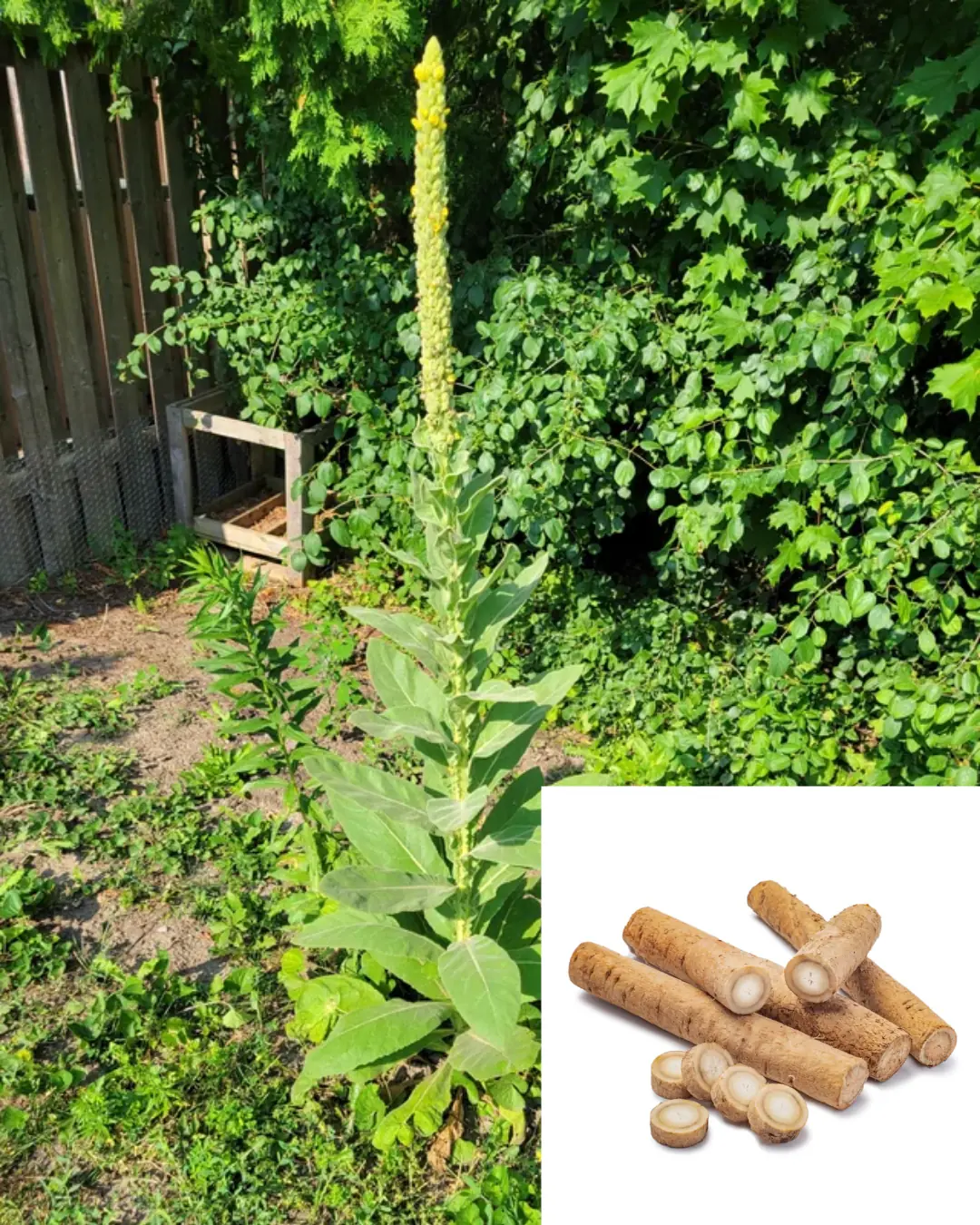
The Hidden Power of Mullein Roots: Benefits and Uses

The Power of Black Garlic: Nature’s Aged Superfood

Purple Dead Nettle (Lamium purpureum): A Wild Ally for Circulation and Heart Health

The One Kitchen Ingredient That Makes Bedbugs, Mosquitoes, Cockroaches, Ants & Silverfish Disappear Like They Never Existed – And It Costs Less Than a Cup of Coffee

Doctors Reveal What Eating Peanuts Can Really Do to Your Body

Sugar Apple (Annona squamosa): A Sweet Fruit with Powerful Health Benefits
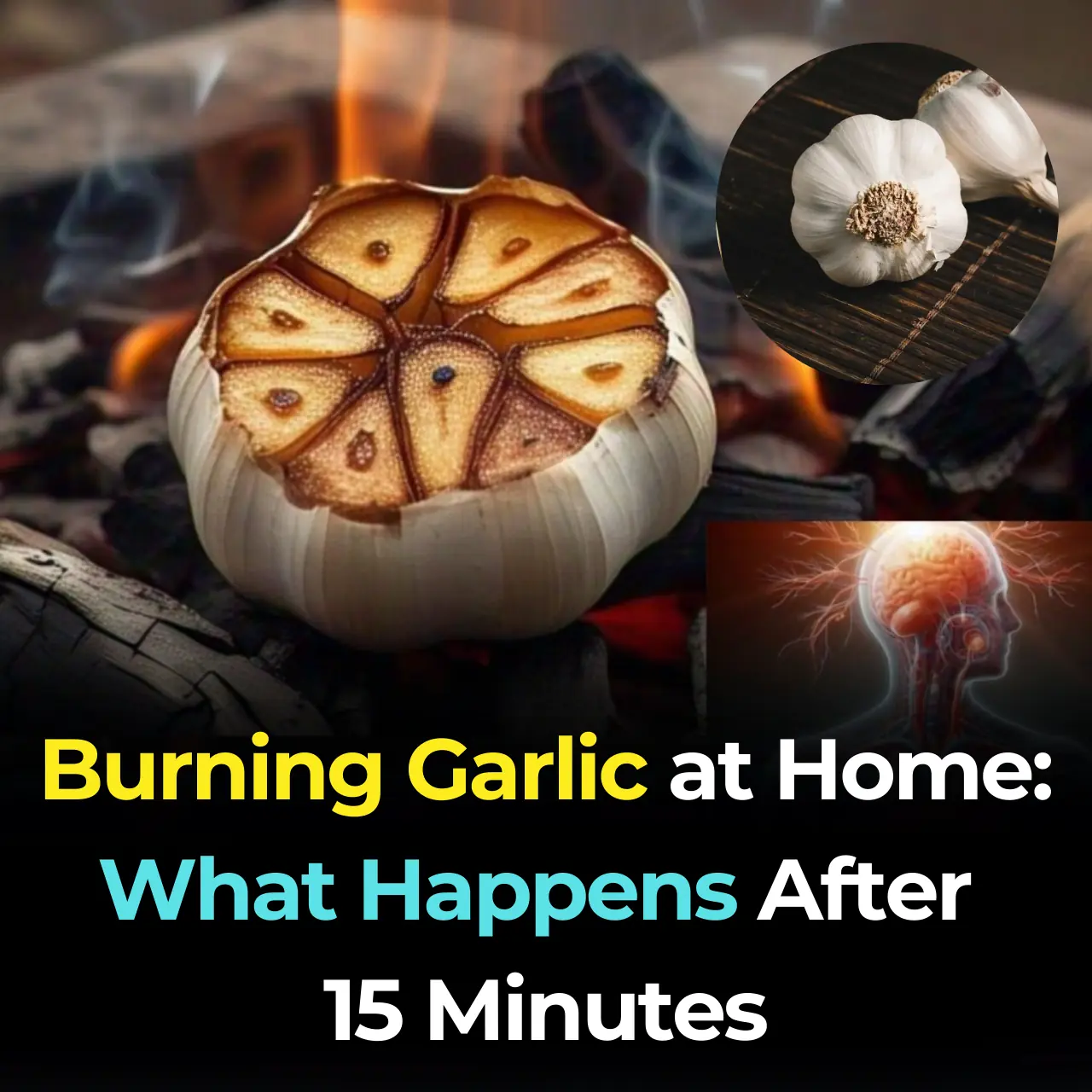
Burning Garlic at Home: What Happens After 15 Minutes

Why Do People Put Butter on a Date? The Ancient Energy Mix Making a Modern Comeback

Rosemary: The Ancient Herb With Powerful, Little-Known Benefits for the Human Body

The #1 cheap food packed with natural probiotics (and how to prepare it)

American Sweetgum (Liquidambar styraciflua): Health Benefits and Easy Ways to Use It at Home
News Post
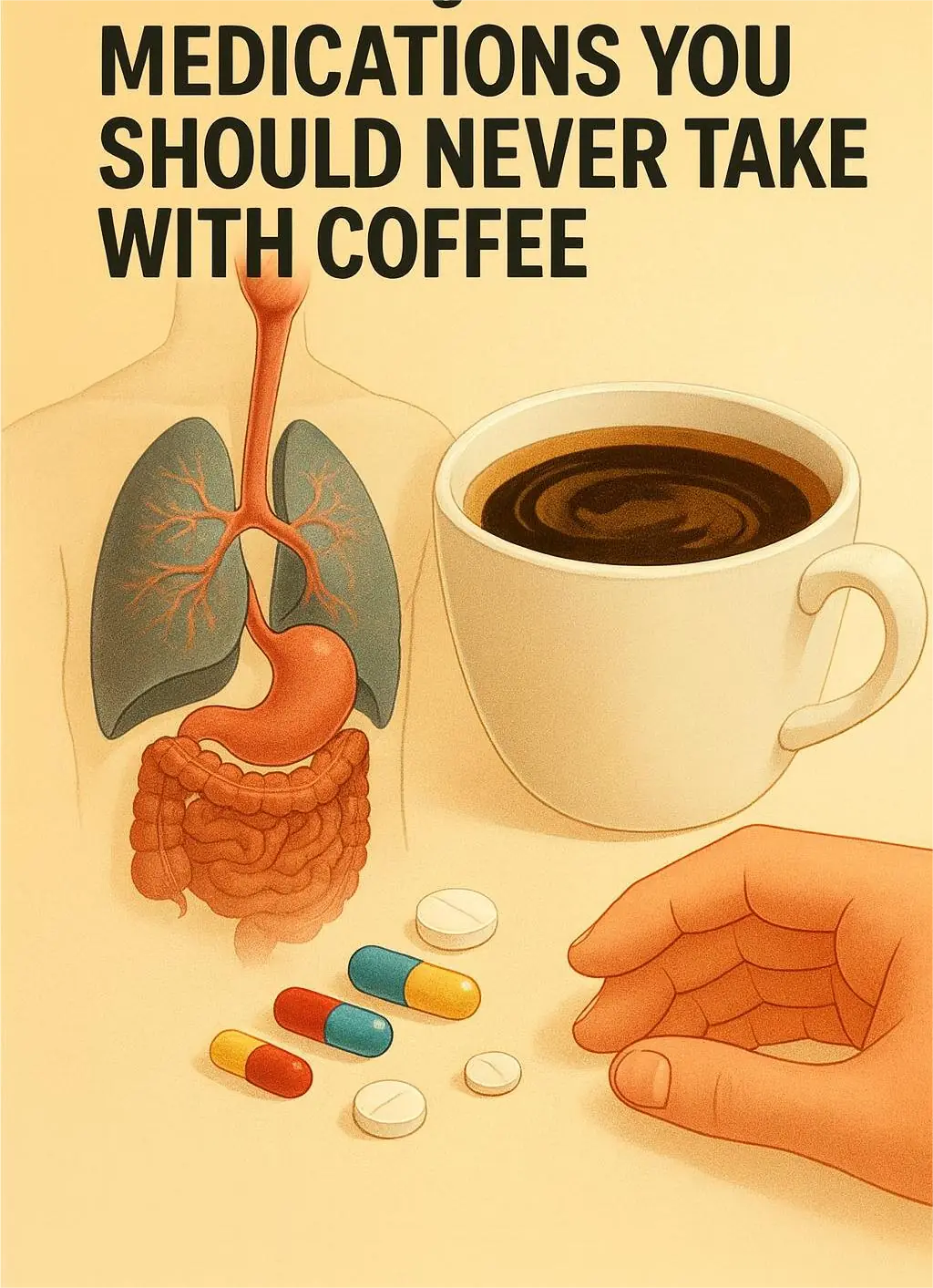
MEDICATIONS YOU SHOULD NEVER TAKE WITH COFFEE

What You See First in This Optical Illusion Reveals A Lot

Why Your Dog Stares at You
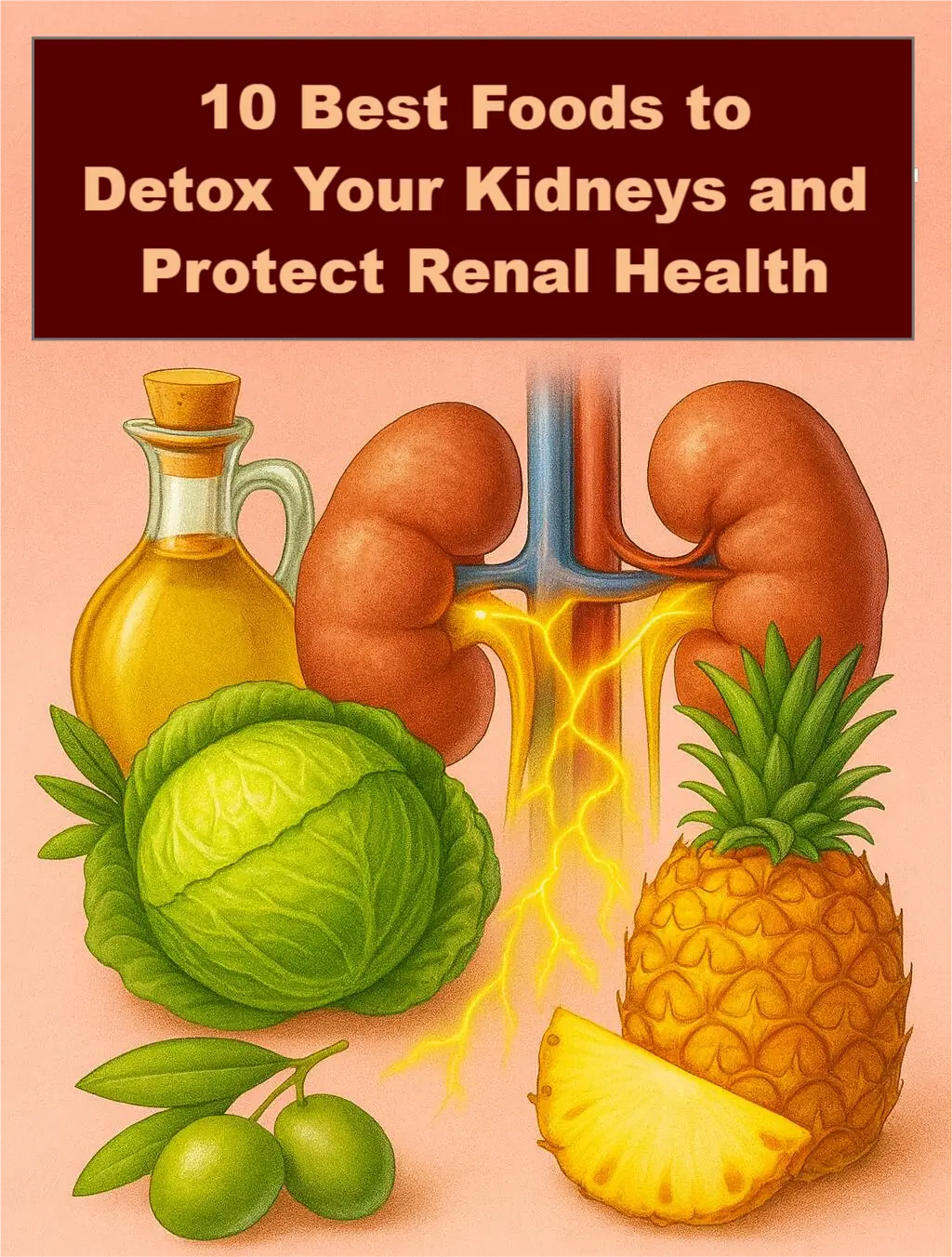
10 Best Foods to Detox Your Kidneys and Protect Renal Health

Honeybee Venom Can Destroy Breast Cancer Cells in Under an Hour — A Breakthrough That Could Transform Modern Medicine

Love Can Literally Make Your Body Crave More Sleep — Here’s the Science Behind It
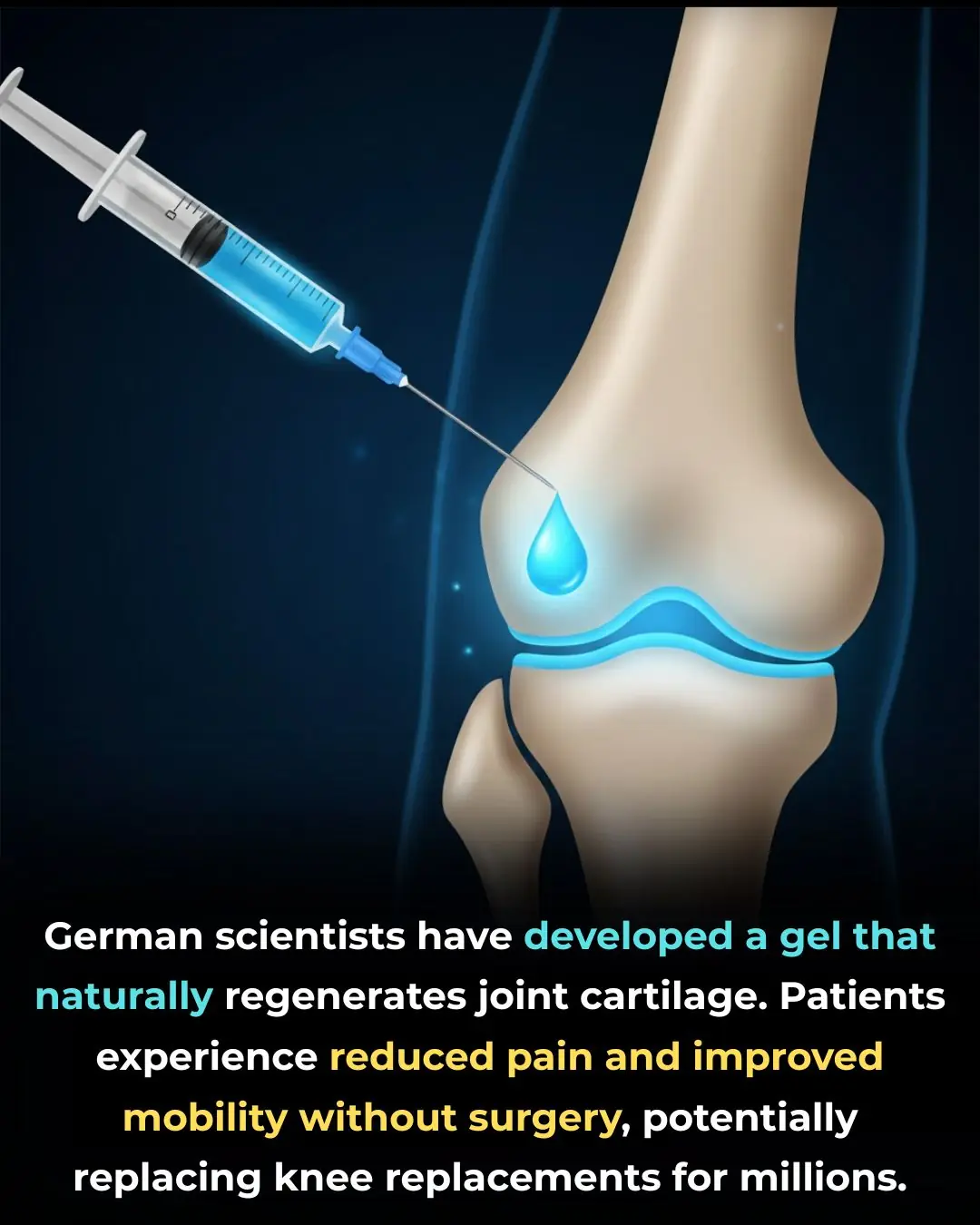
A Revolutionary German Gel May Repair Joints Naturally—Potentially Eliminating the Need for Surgery

The Power of Clove Steam Inhalation (Respiratory Relief You Can Feel Immediately)

Peter Tabichi: The Kenyan Teacher Who Became the World's Best by Inspiring Change and Giving Back

Reducing Meat Consumption by 90%: A Critical Step to Combat Climate Change and Ensure Global Sustainability

Revolutionary Nanobodies Offer New Hope for Alzheimer’s and Parkinson’s Disease Treatment

Gray Wolves: The Remarkable Lifelong Bond Between Mates and Their Role in Pack Survival

Sebastian Errazuriz’s Robotic Dogs: A Satirical Commentary on Tech Billionaires and the NFT Market

Voyager Spacecraft: A 40-Year-Old Marvel of Engineering Exploring Interstellar Space
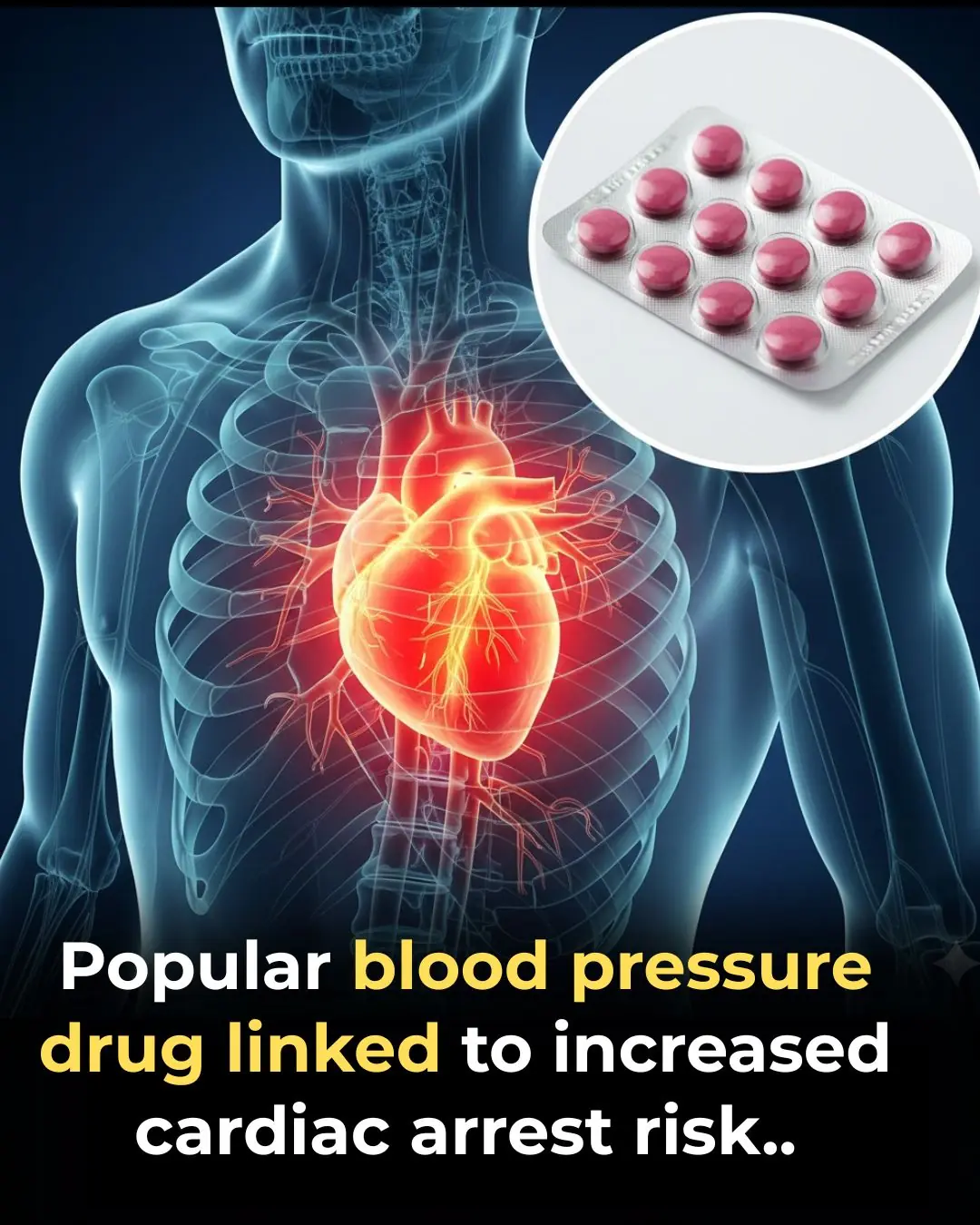
Popular blood pressure drug linked to increased cardiac arrest risk

How the U.S. Escaped Hurricane Landfalls in 2025

Ancient Shark Fossils Unearthed in Mammoth Cave Rewrite 325 Million Years of Evolutionary History

Powerful Health Benefits of Pineapple You Should Know
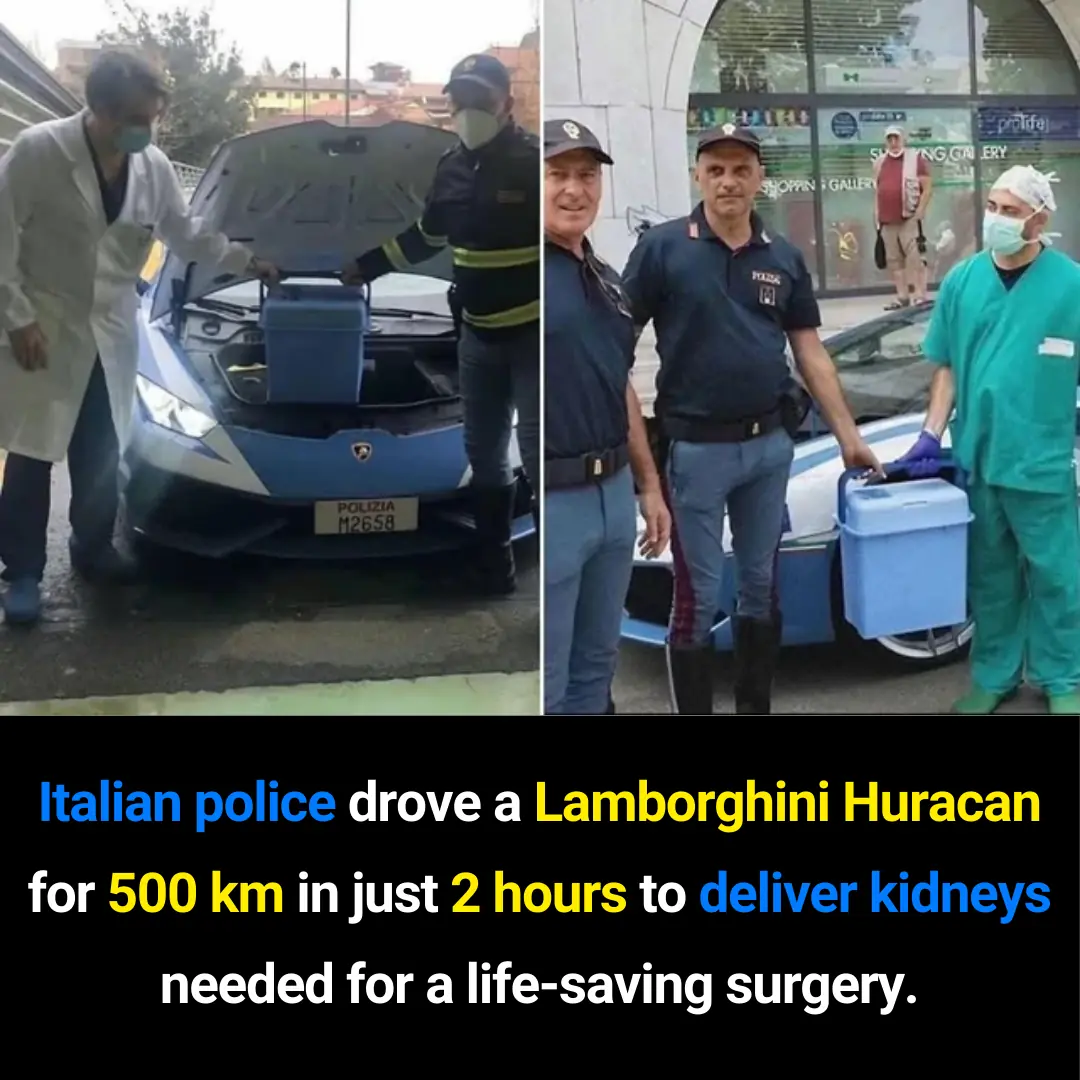
How an Italian Police Lamborghini Huracán Helped Save Lives by Delivering Kidneys Across Italy
